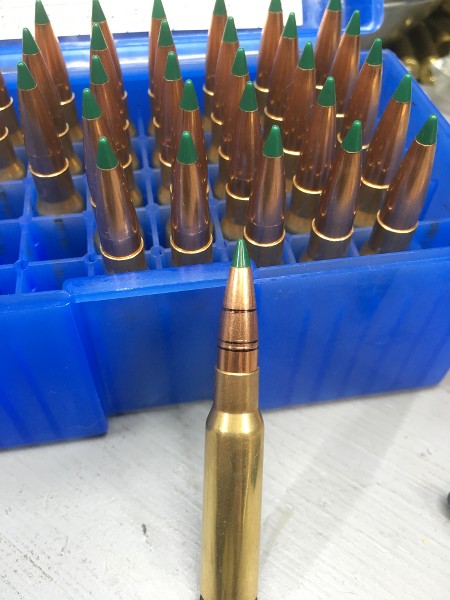I don't think bullets seated by the lands seating them X thousandths different with reduced loads will bring peak pressures up to normal or spec maximum levels. Way too many mechanical variables involved: Jacket hardness, throat angle and surface texture, diameters of bullets and bore cross section area.
Then the variables in bullet pull and those of powders further compound pressure issues.
Measuring peak pressures is better than assuming what it's gonna be. Safer, too.
Then the variables in bullet pull and those of powders further compound pressure issues.
Measuring peak pressures is better than assuming what it's gonna be. Safer, too.
Last edited:

